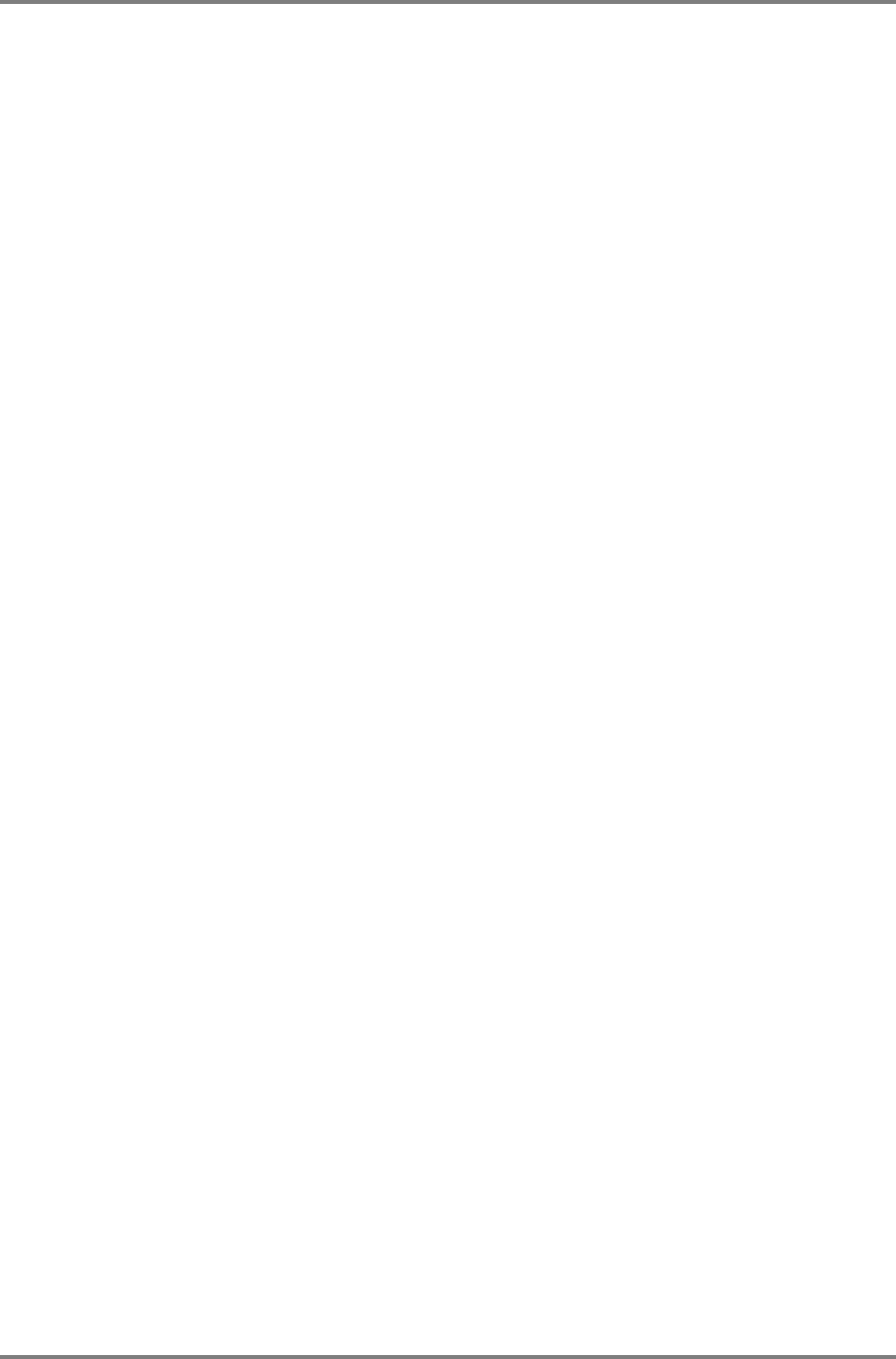
EDIT PROGRAM - SINGLE
Page 62 CD3000XL OperatorÕs Manual
External This selects the MIDI controller set in the external control field of the main
GLOBAL - MIDI page. This can be BREATH (cntl#2), FOOT (cntl#04) or
VOLUME (cntl#07). Using a MIDI merger on your keyboard would allow you to
merge a breath controller with your keyboard and users of the Akai EWI MIDI
wind synthesiser will no doubt be able to use this function to great effect when
playing the CD3000XL directly from the EWI and selecting BREATH.
Velocity This selects velocity as the controller.
Key This selects keyboard position as the modulation control source.
Lfo1 This selects LFO 1 as the modulation source. LFO1 may also be a modulation
destination and it is possible to modulate its rate, depth and delay.
Lfo2 No prizes for guessing that this selects LFO 2 as the modulation source.
Env1 This selects the ADSR amplitude envelope, ENV1, as the modulation source.
Env2 This selects the multi-stage ENV 2 as the controller.
! Modwheel This selects the current position of the modwheel at the time of note-on as the
current controller. Moving it whilst the note is held will have no effect - it is only
its position at the point of note-on that has the effect.
! Bend As above, this selects the current position of the bend wheel at note-on as the
controller.
! External This selects the current position of an external MIDI controller at the point of
note-on as the modulation source. The choices you have for external MIDI
control are breath (cntrl#2), footpedal (cntrl#4) and volume (cntrl#7). These are
selected in the MIDI mode.
All of these are available to be routed in any amount to virtually any source which include filter
cutoff, LFO 1 rate, depth and delay, overall program amplitude and keygroup amplitude, pitch
and pan position. To select them, you simply move the cursor to the modulation input field
found on every module and scroll through the list. Modulation sources may be mixed at each
modules’ input to further expand the possibilities available and each control input may be
inverted for even more flexibility.
All of these are available to be routed in any amount to virtually any source which include filter
cutoff, LFO1 rate, depth and delay, overall program amplitude and keygroup amplitude, pitch
and pan position. Modulation sources may be mixed at each ‘modules’ input to further expand
the possibilities available and each control input may be inverted for even more flexibility.
These modulation sources are routed to their destinations in a group of pages at the end of the
program
Each keygroup has these modulation facilities available separately allowing an enormous
amount of flexibility and this, combined with the all the other PROGRAM EDIT functions should
keep you happy for a long time!
At first, the modulation system may seem a little difficult and maybe even confusing. Don’t
worry - if you are not into programming you can largely forget about it and just use the defaults.
Similarly, if you do not like synthesisers and prefer instead to use the CD3000XL for the
reproduction of high quality samples of acoustic instruments again, you need not concern
yourself with these functions. If, however, you are one those who likes to experiment with
sound and tweak those knobs, we feel sure you will appreciate the flexibility of this method.


















